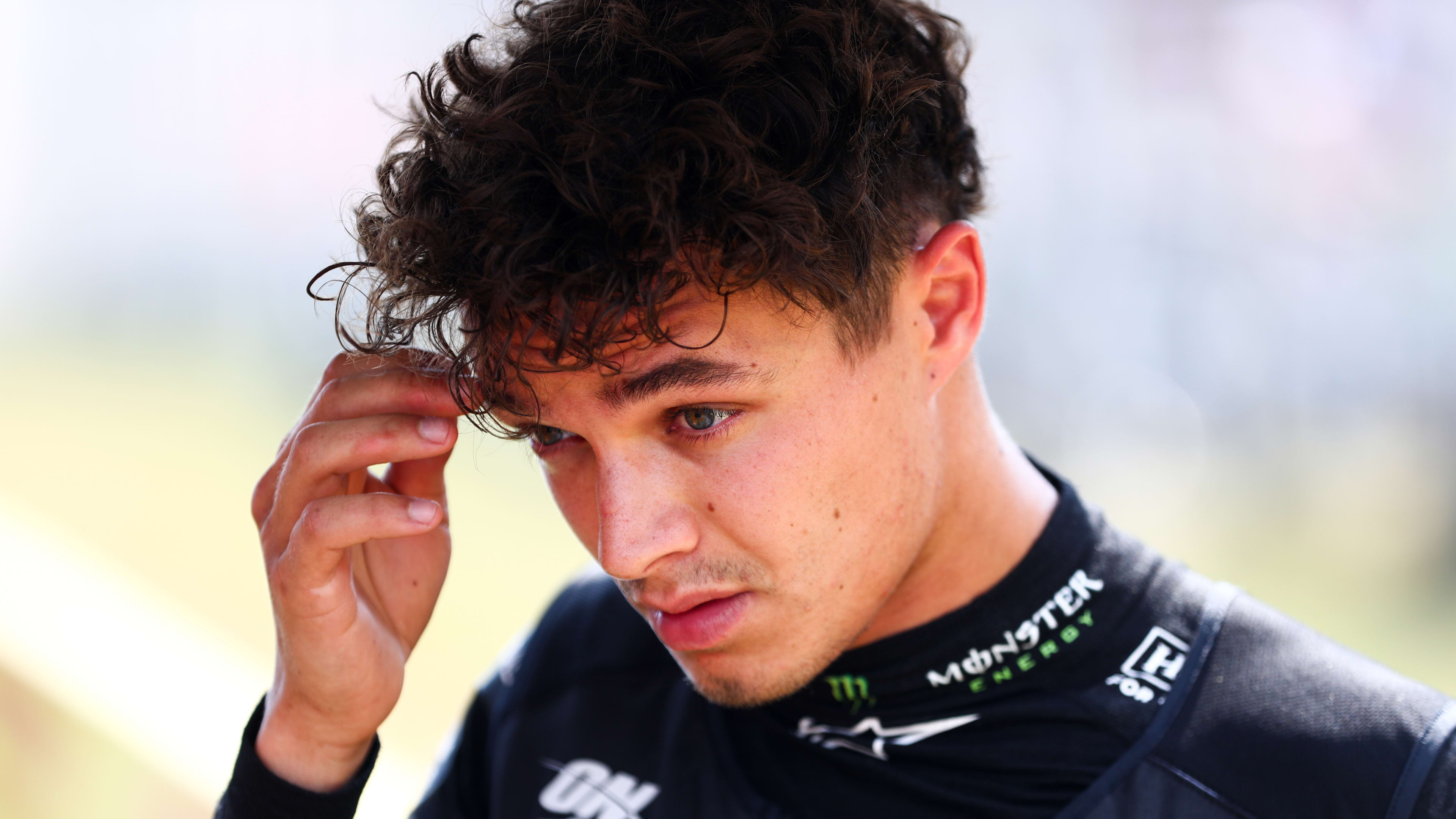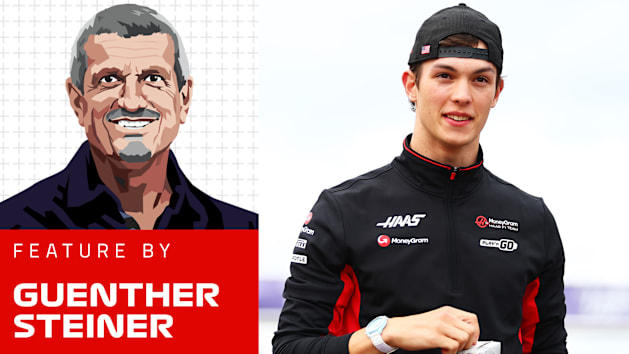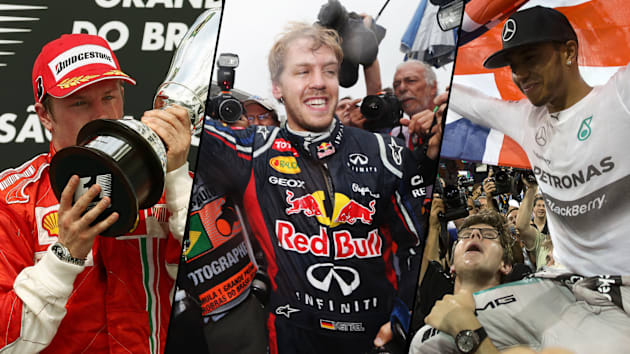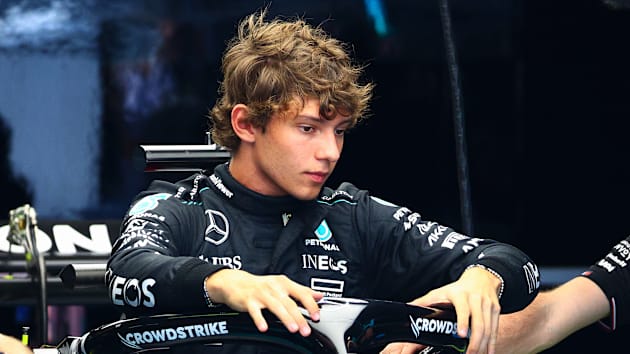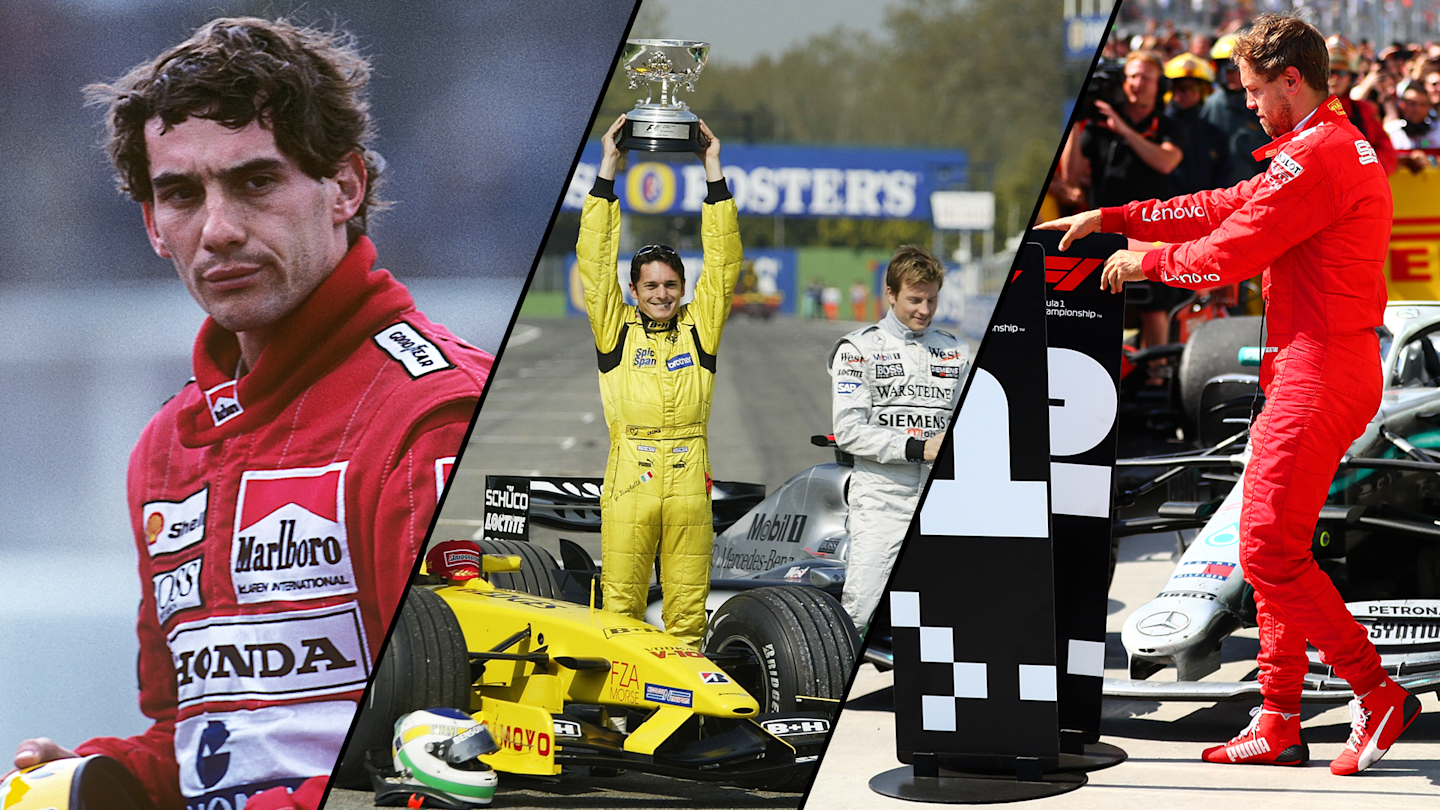
Feature
From Senna’s suspended ban to Vettel’s ‘victory’ antics – 8 crazy post-race moments across F1 history

Staff Writer
Mike SeymourShare

George Russell’s disqualification from the Belgian Grand Prix was a plot twist that got journalists speedily typing and fans furiously commenting a couple of hours after the chequered flag. But what other moments of drama have occurred post-race in the history of the sport? We’ve picked out a few of them for some summer break reading…
1976, Spain – Hunt’s ‘too wide’ McLaren
We start with James Hunt winning, then not winning, then winning again at the Circuito del Jarama during the early stages of the 1976 season.
READ MORE: 5 reasons 1976 world champion James Hunt remains an F1 icon
Hunt had retired from two of that year’s opening three races but the McLaren driver stated his intentions with a dominant victory in the Spanish Grand Prix, leading home Ferrari rival Niki Lauda by more than half a minute.
When the podium celebrations had finished, scrutineers’ checks found Hunt’s McLaren to be 1.5cm too wide under recently introduced rule changes, initially making him the first driver to be disqualified after winning an F1 race.
However, McLaren opted to appeal against the decision and, two months on, the original result was reinstated given the fine margins involved.
Hunt still earned that unfortunate DSQ statistic in Britain, where he controversially took the race restart (and won) via a shortcut back to the pits after a first-lap incident – only for rivals to protest over his inclusion and the result to be stripped following another two-month wait.
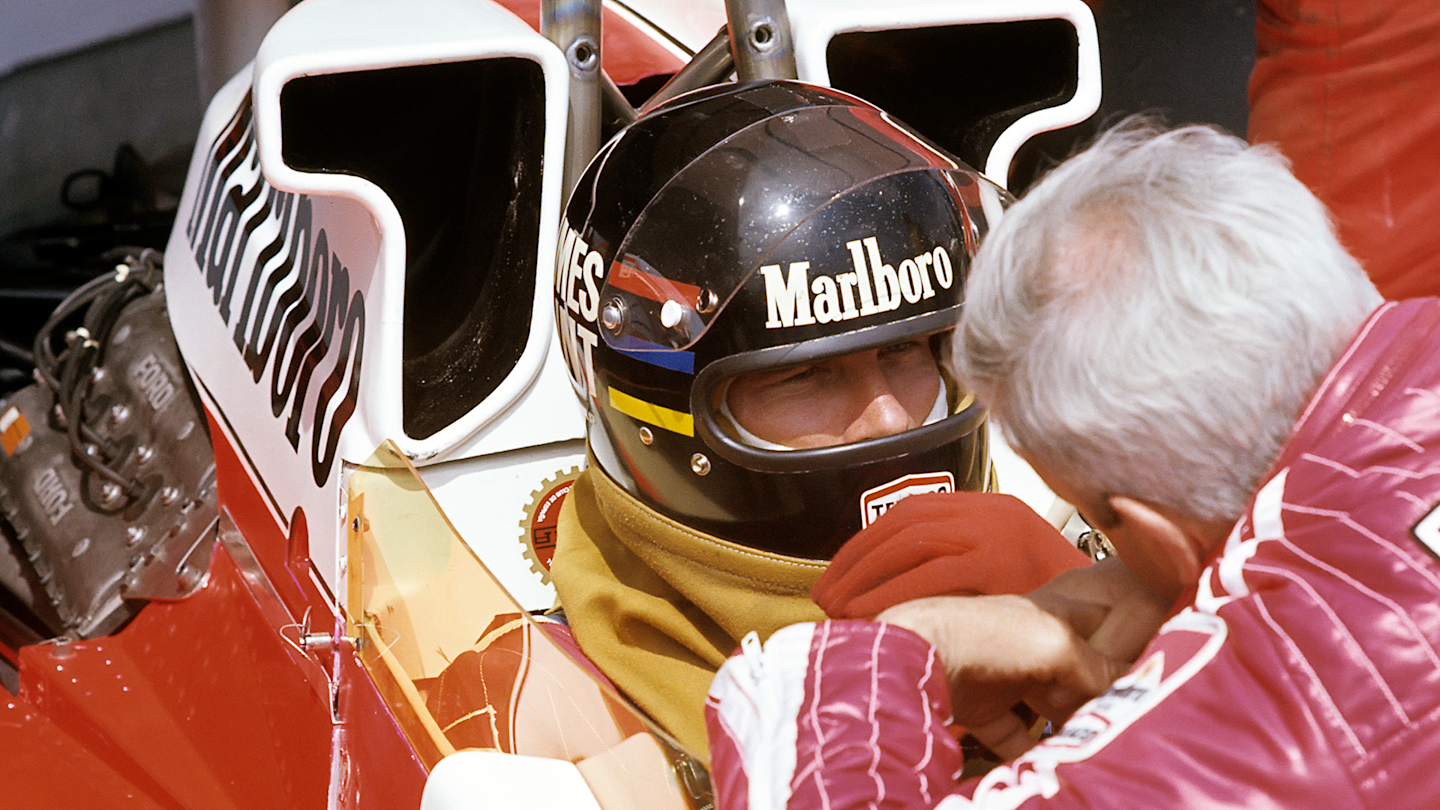
Hunt’s eventual Jarama win was his first of six en route to the 1976 title
1982, Brazil – Piquet passes out
F1 drivers often experienced sweltering conditions on their visits to Rio de Janeiro’s Jacarepagua circuit, with the 1982 running of the event a prime example.
In what proved to be the final year of the sport’s first ‘ground effect’ era, which had made cars faster than ever, competitors up and down the grid felt the effects and faced a challenge just to reach the chequered flag.
WATCH: 10 moments of brilliance from three-time world champion Nelson Piquet
Indeed, Riccardo Patrese retired from the action shortly after the halfway mark with exhaustion, and Brabham team mate Nelson Piquet was at risk of doing the same while digging extremely deep to cross the line and record an emotional home win.
Piquet only just made the short trip from his car to the podium after the race, before fainting on the rostrum, and then devastatingly learned that he had been disqualified – along with Williams’s Keke Rosberg – for an underweight car.

Piquet and several other drivers were pushed to the limit at Jacarepagua
1989, Japan – Senna’s suspended ban
Suzuka played host to one of the most dramatic races in F1 history in 1989, when Ayrton Senna and Alain Prost’s fierce rivalry at McLaren reached boiling point.
Having charged into the lead at the start, Prost initially controlled proceedings ahead of his team mate, only for pole-sitter Senna to gradually fight back and pile the pressure on as the encounter entered its closing stages.
Then came that collision at the final chicane – one that put Prost out on the spot and left Senna scrambling to get back on track, pit for a new front wing and clear Benetton’s Alessandro Nannini to secure victory and keep himself in the title fight.
However, while he managed to beat Nannini, the stewards determined that Senna had broken the rules by missing the chicane when he returned to the track after clashing with Prost, leading to disqualification, a hefty fine and a suspended, six-month ban.
Prost vs Senna: How the infamous Suzuka 89 clash unfolded
1994, Belgium – Schumacher’s floor trouble
Almost exactly 30 years before Russell’s disqualification at Spa-Francorchamps, Michael Schumacher faced the same penalty for another kind of technical infringement.
Bidding to claim an eighth win from 11 races, and edge further away from Williams rival Damon Hill in the drivers’ standings, the Benetton man appeared to have ticked another box by making it to the finish line first.
But there was drama to follow, with the German subsequently getting disqualified for excessive wear on his car’s skid block, promoting Hill to the win over McLaren’s Mika Hakkinen and Schumacher’s team mate, Jos Verstappen.
It would get worse for Schumacher a couple of days later when a two-race ban handed to him after the British Grand Prix – for overtaking Hill on the formation lap and failing to serve a stop/go penalty in time – was upheld on appeal, meaning he missed rounds in Italy and Portugal.
Nonetheless, Schumacher’s Spa penalty marked the last time a race-winning driver had been disqualified until Russell faced the same fate at the same track just under a week ago.
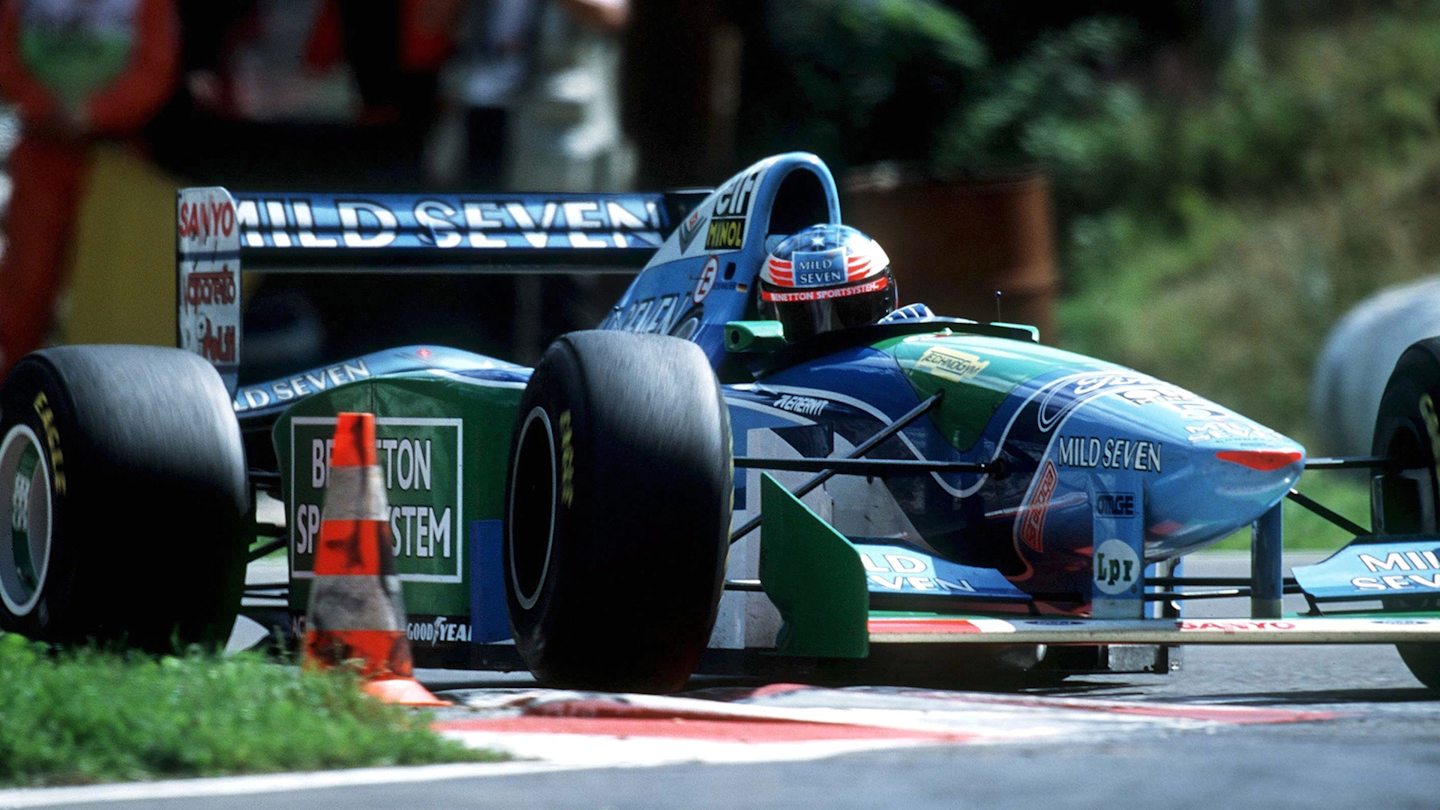
Schumacher was disqualified twice and missed two more races in 1994, but still won the title
1999, Malaysia – Ferrari’s bargeboards
An already remarkable 1999 campaign took another wild turn following the penultimate race at all-new venue Sepang in Malaysia, with Ferrari briefly losing their one-two finish.
Supported by team mate Michael Schumacher, who had returned to action after breaking his leg mid-season, Eddie Irvine led the red cars home to hold the advantage over McLaren rival Mika Hakkinen in what had been a rollercoaster title race.
Then the news dropped that both Ferraris had been disqualified over a breach involving their bargeboards, meaning McLaren and Hakkinen would have unassailable points leads heading to the finale in Japan – effectively confirming them as world champions.
However, that was not the end of the matter, with Ferrari appealing the decision in court and the FIA later reinstating both Schumacher and Irvine to set up a tense Suzuka showdown.
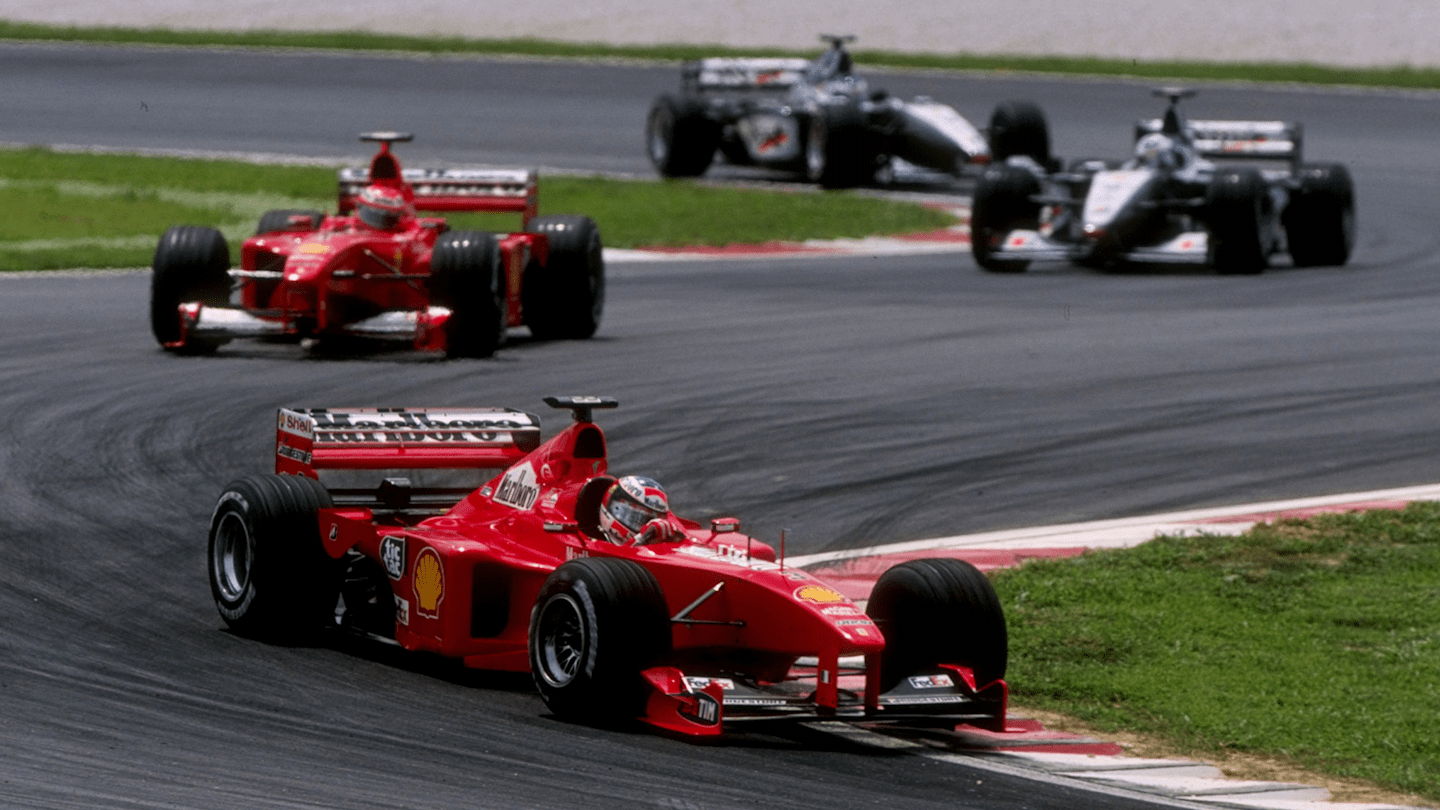
Ferrari’s bargeboards came under the spotlight on F1’s first visit to Sepang
2003, Brazil – Raikkonen or Fisichella?
For post-race drama and confusion, the 2003 running of the Brazilian Grand Prix is right up there – given that the win went to Jordan, then McLaren, then Jordan again.
Scheduled to run over 71 laps, the rain-hit, incident-filled race was red-flagged after 56 of them following a couple of scary accidents involving Jaguar driver Mark Webber and Renault’s Fernando Alonso.
First, Webber lost control of his car through the Arquibancadas corner and slammed into the barriers, before the debris he littered over the track caught out the approaching Fernando Alonso, who heavily impacted the walls on both sides of the track.
Then came the confusion, with Jordan’s Giancarlo Fisichella – who had made just one pit stop – taking the lead shortly before the race was stopped, and initially celebrating in parc ferme, only for McLaren rival Kimi Raikkonen to be awarded the win on a two-lap count back.
That was not the end of it, though, with a post-race review confirming that Fisichella had moved into P1 two full laps before the stoppage, meaning he was the deserving winner, and leading to an unusual trophy handover at the following round in Imola.
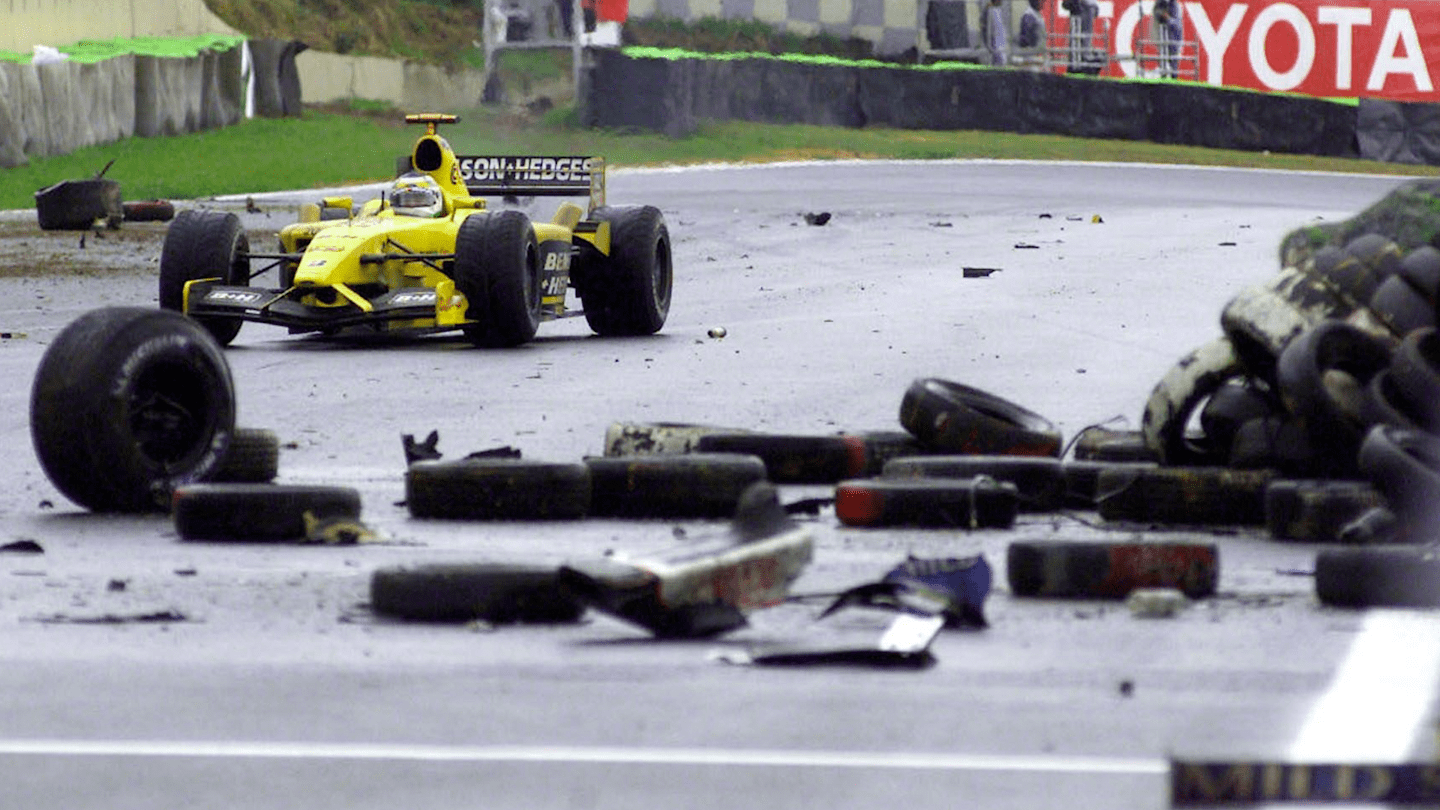
Fisichella was belatedly given the victory in Brazil after a chaotic race
2017, Malaysia – Vettel and Stroll clash
For the next crazy moment in our list, we return to Malaysia and the journey back to the pit lane after the 2017 race had come to an end.
As Vettel and Lance Stroll slowly made their way through the Sepang circuit’s Turn 5, with the Ferrari driver on the outside and the then Williams rookie on the inside, their lines converged and they bizarrely made contact.
With one of his rear wheels knocked out of position, Vettel parked up at the side of the track and pondered a long walk to the pits, until fellow German Pascal Wehrlein came to the rescue by offering a lift on the side of his Sauber.
Both drivers did, at least, keep their points finishes, with Vettel rising from the back of the grid – via engine-related penalties – to fourth position, and Stroll coming home in eighth.
Race: Vettel and Stroll collide after the chequered flag
2019, Canada – Vettel claims the P1 board
Vettel was a man on a mission during the 2019 Canadian Grand Prix weekend, storming to his first pole position of the year and then challenging for the win.
He had done everything right to keep his Ferrari in front of Lewis Hamilton’s Mercedes at the Circuit Gilles Villeneuve until a late mistake at Turn 3 saw him run over the grass and skip Turn 4.
INSIGHT: Joining Vettel’s run for the ages as F1 remembers Senna and Ratzenberger at Imola
When Vettel rejoined the track, Hamilton was caught between the German’s car and the outside concrete wall, forcing him to slow down to avoid making contact – and the stewards decided to send a five-second time penalty the race leader’s way.
Vettel did all he could to build enough of a gap over the remaining laps, but to no avail, prompting a memorable moment in parc ferme when he parked in the runner-up spot and made his thoughts clear about the sanction by swapping the P2 and P1 boards around…
Canadian GP: How Vettel and Hamilton reacted post-race
YOU MIGHT ALSO LIKE
Feature THE GUENTHER STEINER COLUMN: Why I’m backing Binotto in his new role and why Bearman faces a reality check

Video GRILL THE GRID: Who will crack under pressure in the 'Name Two Drivers' challenge?
Feature From championship glory with one race win to triumphing by a single point – The most dramatic drivers’ title comebacks in F1 history
News Antonelli confirms car number he wants to use for start of Formula 1 career
